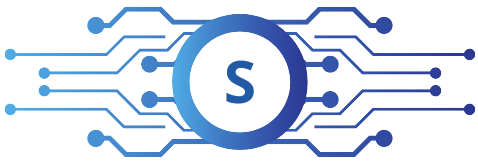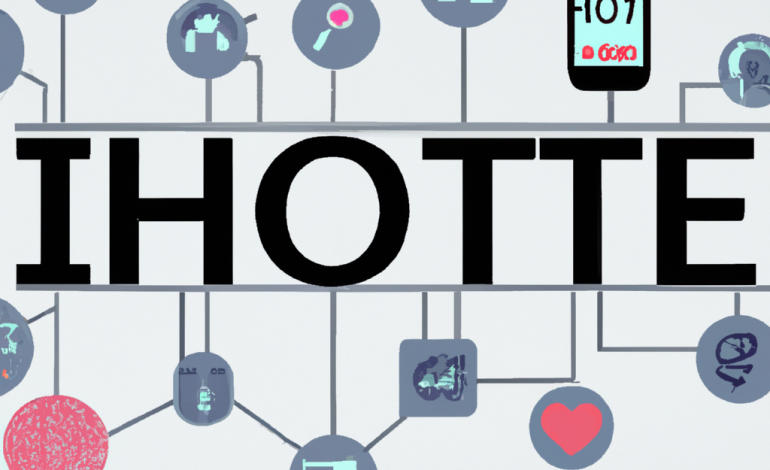
When it comes to computer software, there are different categories that serve specific purposes. System software, utility software, and application software are essential components of the computing ecosystem. Each type plays a crucial role in enabling efficient and productive computer usage. Let’s delve into the best software and apps for each category:
- System Software: System software forms the foundation of a computer’s operating environment, providing essential services and enabling the execution of other software. Some notable examples of system software include:
- Operating Systems: Windows, macOS, Linux, and Unix are popular operating systems that provide the necessary interface and manage hardware resources.
- Device Drivers: These software components facilitate communication between the operating system and hardware devices, ensuring proper functioning and compatibility.
- Firmware: Embedded software within hardware devices that enables their operation and controls their functionalities.
- Virtualization Software: Tools like VMware, VirtualBox, and Hyper-V allow users to create virtual machines, enabling the installation and operation of multiple operating systems on a single physical machine.
- Utility Software: Utility software offers a range of tools and services that enhance system performance, provide maintenance capabilities, and improve user experience. Here are some widely used utility software:
- Antivirus Software: Applications like Norton, McAfee, and Avast protect against malware, viruses, and other security threats, ensuring the safety of the computer system.
- Disk Cleanup and Optimization Tools: Software such as CCleaner, Glary Utilities, and Disk Cleanup (built into Windows) help remove unnecessary files, optimize disk space, and improve system performance.
- Data Backup and Recovery: Tools like Acronis True Image, EaseUS Todo Backup, and Windows Backup and Restore enable users to create backups of important data and recover it in case of accidental deletion or system failure.
- File Compression: Software such as WinRAR, 7-Zip, and WinZip allow users to compress files and folders, reducing their size and making them easier to share and store.
- System Monitoring and Diagnostic Tools: Programs like HWMonitor, CPU-Z, and Task Manager (built into most operating systems) provide insights into system performance, resource usage, and help diagnose issues.
- Application Software: Application software encompasses a wide range of programs designed to fulfill specific tasks and cater to various user needs. Some popular categories of application software include:
- Office Productivity Suites: Microsoft Office (Word, Excel, PowerPoint), Google Workspace (Docs, Sheets, Slides), and LibreOffice provide tools for creating documents, spreadsheets, presentations, and more.
- Web Browsers: Google Chrome, Mozilla Firefox, Microsoft Edge, and Safari enable browsing the internet, accessing websites, and running web-based applications.
- Media Players and Editors: Software like VLC Media Player, Windows Media Player, Adobe Photoshop, and Adobe Premiere Pro allow users to play various media formats and edit images, audio, and video files.
- Communication and Collaboration Apps: Examples include Skype, Slack, Microsoft Teams, and Zoom, which facilitate communication, video conferencing, and collaboration among individuals and teams.
- Graphic Design and 3D Modeling: Applications like Adobe Illustrator, CorelDRAW, AutoCAD, and Blender provide tools for graphic design, vector illustration, and 3D modeling.
- Content Creation and Publishing: Software such as Adobe Creative Cloud (including Photoshop, InDesign, and Premiere Pro), WordPress, and Blogger aid in content creation, design, and publishing for websites, blogs, and multimedia platforms.
It’s important to note that the best software and apps may vary depending on individual preferences, needs, and specific industry requirements. The mentioned examples represent widely adopted and reputable options within each category. As technology evolves, new software and apps continually emerge, offering innovative solutions and further enhancing computer functionality and user experiences.



